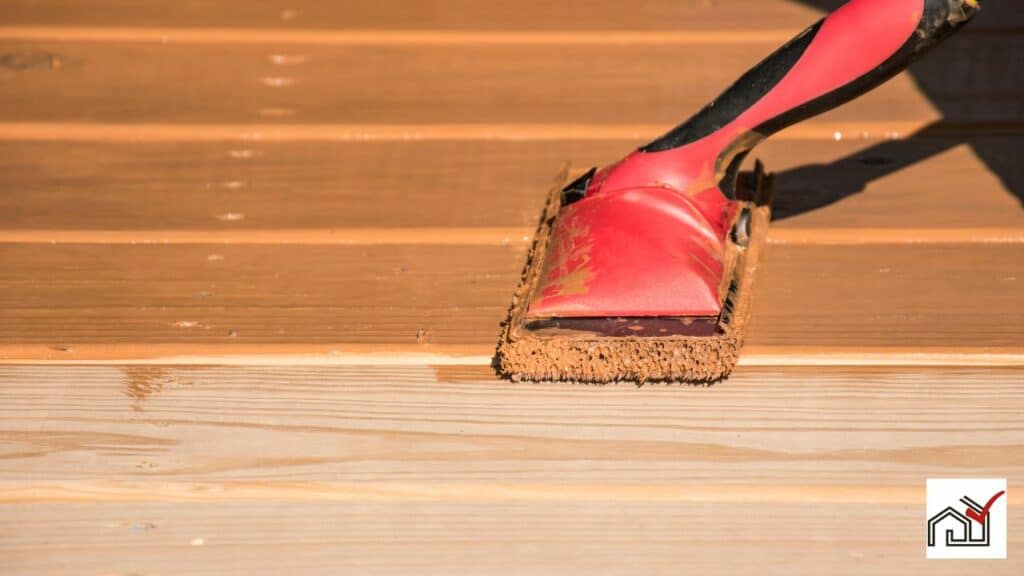The weight capacity of a driveway depends on several factors. These include the materials used, the thickness of the concrete, the condition of the subgrade, and any reinforcements such as rebar or wire mesh. Residential driveways are typically designed to support the weight of passenger cars. On the other hand, commercial driveways need to be able to handle heavier vehicles. To prevent damage and ensure the longevity of the driveway, it is crucial to know its load capacity. This information can be determined by a structural engineer or a qualified contractor who can assess the strength of the driveway and confirm whether it meets the necessary weight specifications.
Understanding Driveway Materials
The durability and load capacity of a driveway depend on the materials used. A standard concrete driveway is typically four inches thick to support everyday passenger vehicle use. Reinforcing steel, or rebar, can enhance a concrete driveway's ability to withstand tension and reduce cracking.
Asphalt driveways are more flexible and can adjust to vehicle weight, but they need regular maintenance, such as seal coating, to preserve their condition and extend their life. Asphalt does not require rebar but needs a well-prepared subbase to avoid deformation and carry expected loads.
Both concrete and asphalt driveways rely on a solid subbase for weight distribution and stability. A poor subbase can cause settling and cracking, diminishing the driveway's load-bearing capacity. Proper design and installation are crucial for both types of driveways to meet load requirements.
For optimal performance, adherence to local building codes is necessary, as well as considering the types of vehicles using the driveway. Environmental conditions and soil type also influence the choice of thickness and reinforcement for the driveway material.
Assessing Subgrade and Foundation
Assessing the subgrade strength and consistency is key for determining the load capacity of a driveway. Both the subgrade and foundation provide a stable base and distribute vehicle and heavy load weights. A well-prepared subgrade maximizes weight capacity per square foot and minimizes the risk of structural failure.
The subgrade's composition and degree of compaction are vital. A strong and evenly compacted subgrade can bear heavier loads, while unevenly compacted areas may lead to weak spots and pressure-induced damage. Concrete driveways require a particularly robust subgrade and foundation, as concrete is less flexible than asphalt and more susceptible to cracking.
Evaluating the soil type and density, the subbase depth and compaction, and any factors that may weaken the subgrade, like water, is essential to accurately determine weight capacity. A poorly prepared subgrade or one affected by environmental erosion can reduce weight capacity.
It's recommended to have a professional assess a driveway's weight capacity. This assessment should consider local building codes that may dictate weight limits based on the area's soil and climate. The types of vehicles using the driveway, whether light passenger cars or heavy trucks, should also be factored into the assessment to ensure the driveway can sustain the expected loads without damage.
Analyzing Weight Distribution
Analyzing weight distribution is crucial because unevenly distributed loads can lead to stress and damage in a driveway. The focus isn't just on the total weight applied to the driveway, but rather on how this weight is distributed. For instance, heavy vehicles may place excessive pressure on the concrete if the load is concentrated, particularly if the driveway is thin.
Concrete driveways are typically built to sustain the weight of passenger cars. Introducing heavier vehicles necessitates a detailed look at how their weight affects the driveway. A delivery truck's wheels, for example, may exert more pressure per square inch compared to a sedan. The presence of steel reinforcement within the concrete is vital as it aids in evenly distributing weight and reducing the risk of cracks.
The subbase, which lies below the concrete, also affects how weight is distributed. A consistent and firm subbase helps to support the concrete evenly, whereas any irregularities can create weak spots vulnerable to damage from heavy loads. Therefore, creating a compact and level subbase is as crucial as the concrete's thickness and its reinforcement.
Recognizing Signs of Overload
Visible cracks and uneven settling in a driveway can indicate that it's supporting more weight than it's designed for. Exceeding the driveway's weight capacity can cause significant damage. It's important for homeowners and property managers to monitor these signs to prevent expensive repairs.
Cracks suggest the driveway is stressed by heavy loads, often from large vehicles or trucks. These cracks are not only unsightly but can also weaken the driveway's structure by letting moisture in, which can cause further damage.
Uneven settling or sinking shows that the driveway's foundation may be compromised due to excessive weight. Depressions can gather water, worsening the damage, especially in freeze-thaw cycles.
These signs are not merely cosmetic; they point to potential structural issues that could worsen without intervention. Regular maintenance and inspections are important for catching these problems early. A professional contractor or engineer can assess the condition and suggest repairs to keep the driveway in good shape.
Overlooking these signs could result in severe damage, possibly requiring a complete rebuild of the driveway.
Maintenance Tips for Durability
Regular maintenance improves driveway durability and capacity. For concrete driveways, it's essential to clean and seal them regularly to prevent water damage and cracks. Sealing cracks early avoids further damage. A professional can recommend the right sealant and repair methods.
Even weight distribution on the driveway prevents stress and cracking. This may involve directing heavy vehicles to alternate parking spots or using pavers or mats in high-load areas.
Reinforcing concrete with steel or using a thicker pour can strengthen driveways under heavy vehicles. Avoid excessive loads and consider alternative parking for large or heavy vehicles to preserve the driveway's condition.
Enhancing Driveway Load Capacity
Homeowners can increase their driveway's weight capacity by reinforcing it with steel bars or wire mesh, which helps distribute weight and prevent cracking.
For concrete driveways, using a slab thicker than the standard four inches, such as six inches or more, will enhance the load-bearing capacity.
Adding a 6 to 8-inch layer of granular-based aggregate under asphalt driveways provides a stable foundation and helps distribute weight.
It's important to consult a professional contractor or engineer for advice tailored to the property's specific needs.
Regular maintenance, including sealing cracks and repairing potholes, is also essential to maintain and potentially increase the driveway's load capacity over time.





